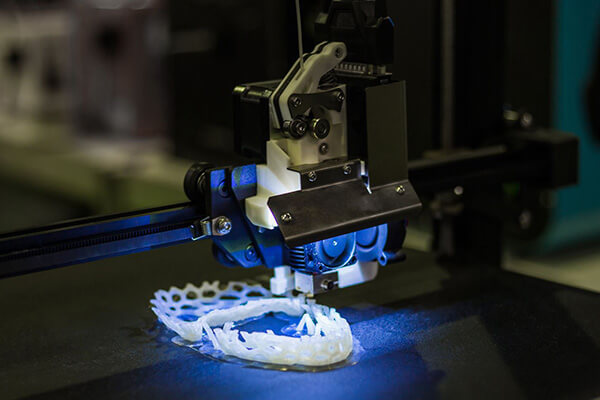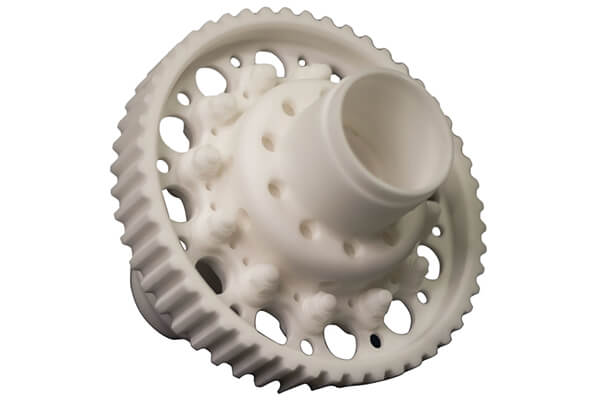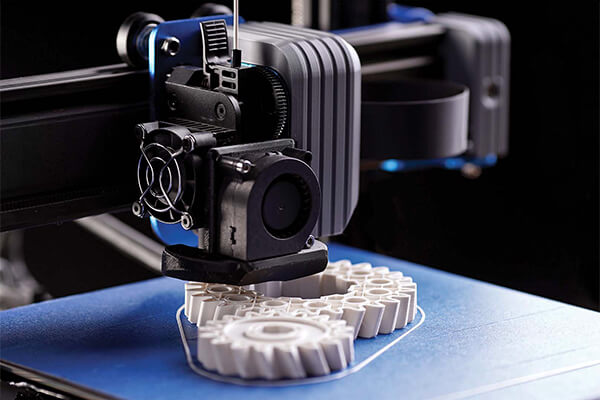3D Prototyping: Guides To 3D Rapid Prototypes Manufacturing
3D printing technology has been around since the 1980s, and it continues to evolve with new 3D prototyping processes being introduced. Some are best suited for consumer applications, while others are best suited for industrial environments. However, not all types are suitable for rapid prototyping, a technique used to quickly create prototypes and test various solutions in less time.
Sungplastic has delved deeply into 3D prototyping technology and have many years of ample production experience. We are equipped with a large number of skilled technical personnel. Our 3D prototyping production processes are constantly optimized and 3D prototyping automation technology is introduced to speed up production efficiency and improve production quality.
Let’s take a look at the methods of 3D prototyping so you can evaluate their pros and cons for your projects and decide which one might be the best choice for your next project.

Stereolithography (SLA)
Stereolithography stands as one of the industry’s most enduring and widely used 3D prototyping methods. In this 3D prototyping process, UV light serves as the catalyst for transforming photosensitive liquid into robust 3D plastic structures. These layers are derived from two-dimensional cross sections of the 3D CAD model and controlled using a software file format known as .stl.
This bears significance because .stl, being the pioneer, has emerged as the de facto computer language adopted by the majority of modern 3D printers, irrespective of the printing technology they employ.
Stereolithography excels in crafting high-quality prototypes, intricate geometric shapes, and master patterns for vacuum casting. SLA is known for its speed and cost-effectiveness, often producing finished products with impressive strength and a smooth finish. The need for supports may vary depending on the specific machine.
Selective Laser Sintering (SLS)
Invented by Carl Deckard in the 1980s, SLS represents an additive manufacturing technique that employs a high-powered laser to fuse powdered thermoplastics into parts. These parts gradually take form on a build plate, layer by layer. Thanks to the encompassing support provided by the powder media, additional structures are unnecessary.
SLS is versatile, applicable to both plastic and metal prototypes. Like many other rapid 3D prototyping processes, its notable advantage lies in the ability to create parts with intricate geometries, such as internal lattice structures, which would be challenging or impossible using alternative methods.
However, SLS parts typically possess a rough surface finish and may require post-processing to achieve the desired quality, particularly if they are intended as master patterns for subsequent casting. In terms of strength, SLS printed parts generally do not match the durability of SLA counterparts.

Fused Deposition Modeling (FDM)
Conceived by Scott Crump, the co-founder and chairman of the prominent 3D printing manufacturer Stratasys Ltd., FDM enjoys popularity across various industries, from automotive to consumer goods manufacturing. In essence, FDM printers utilize a thermoplastic filament to construct 3D objects. The filament is melted within a printing nozzle’s barrel and deposited layer by layer. Prior to printing, the object must be converted into a format compatible with the 3D printer, typically the .STL format.
FDM printing is known for its cleanliness, affordability, ease of use, and capacity to accommodate various types and colors of plastic in a single build. Moreover, it is safe enough for educational settings, allowing even children to use it in classrooms. However, FDM printed parts tend to have lower resolution and finish quality, along with relatively lower strength compared to other 3D prototyping techniques. On a positive note, FDM’s scalability makes it ideal for creating prototypes and models during the development phase.

Selective Laser Melting (SLM)
Another iteration of powder bed fusion, SLM is an industrial 3D prototyping process demanding meticulous control of conditions. It employs a high-powered laser to melt and fuse metallic powders, including common metals like titanium, stainless steel, maraging steel, and cobalt chrome.
SLM is the preferred 3D prototyping method for producing highly durable, intricate, and complex parts. It’s crucial to note that the process can be costly and requires oversight by a skilled engineer. However, the results are ideal for demanding applications in industries such as aerospace, automotive, defense, and medical parts.
Laminated Object Manufacturing (LOM)
In LOM, materials such as plastic, paper, or metal are arranged on a build platform using a system of feed rollers. With each layer, a computer-controlled laser or cutting device follows the pattern. The build platform then descends by one-sixteenth of an inch, which is the typical layer thickness, and a new laminate adheres on top, continuing the process.
While LOM produces finished parts that are less sophisticated than their SLS or SLM counterparts, it is cost-effective and doesn’t require highly controlled working conditions. When paper is used as the laminate material, the resulting part resembles solid wood and can be manipulated accordingly.
Digital Light Processing (DLP)
A variation of curable resin polymerization, this 3D prototyping technology shares similarities with SLA printing. It involves curing resin with a conventional light source and necessitates support structures and post-build curing.
This 3D prototyping approach is generally faster, with the added advantage of using a shallower reservoir of photoresin, reducing costs. An intriguing variant is Continuous Liquid Interface Production (CLIP), where the part is continuously extracted from the vat without distinct layers, creating an uninterrupted process. As the part is pulled out, it passes through a light barrier programmed to alter its configuration and produce the required cross-sectional pattern on the plastic.
Binder Jetting
A relatively recent addition to the realm of rapid 3D prototyping, binder jetting printing systems offer larger build volumes compared to many other powder bed technologies on the market. Over a horizontal print bed covered in metal powder, hundreds of nozzles dispense micro-fine droplets of a liquid binder to create a single layer. This layer is then compacted with a roller, recoated with powder, and sprayed for the next layer.
When semi-finished parts emerge from the build chamber, they must undergo curing in an oven to eliminate the binding resin and fuse the metal powder into a solid structure.
The advantage here lies in the ability to print multiple parts simultaneously, utilizing the full chamber volume. While such parts may not possess the strength of fully-welded SLS components, they can function as mechanical fittings. Although this 3D prototyping technology is still evolving, it holds the potential to be up to 100 times more cost-effective than previous techniques.
PolyJet
PolyJet is an additive manufacturing technology that employs inkjet printing heads to deposit photopolymer droplets layer by layer. These droplets are then cured or solidified using UV light. PolyJet is renowned for its ability to produce highly detailed and precise prototypes with a wide range of material properties, including varying levels of flexibility, transparency, and color.
PolyJet boasts high resolution, allowing it to create parts with exceptionally fine details and smooth surface finishes. Moreover, PolyJet excels in multi-material printing, enabling the construction of prototypes with diverse material properties, including both rigid and flexible sections. With a wide range of photopolymer materials available, including rubber-like options for flexibility and dental-grade materials for medical prototypes, PolyJet provides versatility in material selection. Its ability to generate water-soluble support structures simplifies the production of complex geometries, and its rapid prototyping capabilities facilitate quick design iterations, making it an invaluable tool for product development and design validation.
PolyJet is known for its high-quality prototypes, but it may not be as cost-effective as some other 3D prototyping methods for larger or production-scale runs. For applications where precision and visual fidelity are paramount, PolyJet is an excellent choice for prototyping.
Sungplastic’s 3D Prototyping Services
Our 3D Prototyping Services Advantages:
Multiple 3D Printing Technologies
Design Optimization for Rapid Prototypes
Rapid Prototyping Supported – Fast turnaround times
Multi-Material and Full-Color 3D Printing Capabilities
Post-Processing: Smoothing, Painting, Assembly
Low-Volume Production
Customization
Sungplastic allows to create rapid prototypes for your unique designs and concepts at a competitive cost. In our production shop, we have advanced 3D printers and designers with ample creative thinking.
If you are planning for your 3D prototyping businesses, please discuss your wonderful ideas with us.
Get a free quote and design analysis today.
We’ll reply to you within 6 working hours.
We respect your privacy.
+86 139 2927 4777 (WhatsApp, Wechat)
